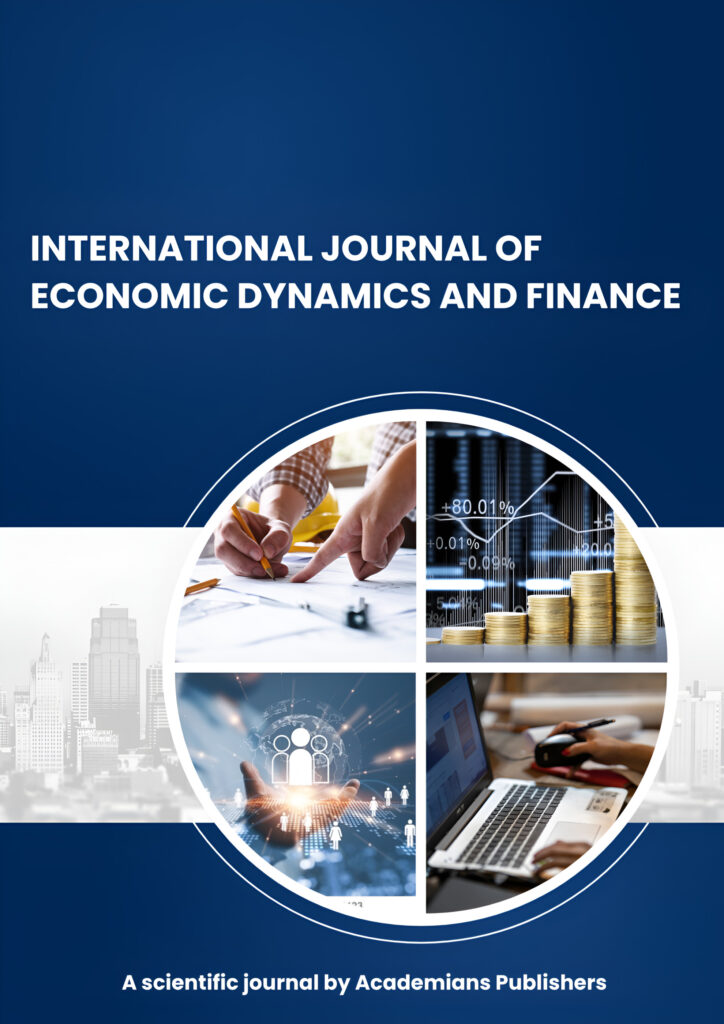
An Open Access Peer Reviewed International Journal.
Publication Frequency: Bimonthly
ISSN Online: XXXX-XXXX
Country of Origin: Nigeria
Language: English
Publisher Name: Academians Publishers
Causal inference, High-frequency financial data, Instrumental variables, Time-varying identification, Local average treatment effect, Market microstructure, Monetary policy, Treasury futures, Empirical finance, Econometric methods
The rapid expansion of high-frequency financial data has profoundly transformed the landscape of empirical research in monetary policy, asset pricing, and market microstructure. While these granular datasets offer unprecedented opportunities to uncover causal relationships and evaluate the impact of policy interventions at an intraday level, they also introduce significant methodological challenges. Notably, standard instrumental variable (IV) approaches often struggle in this context, as instrument strength can fluctuate dramatically within trading days, leading to unreliable estimates and inference when applied naively. In response, this study proposes a novel and broadly applicable identification and estimation framework designed specifically for high-frequency settings characterized by time-varying instrument validity. Our approach features a time-contingent compliance method that dynamically partitions the trading day into intervals of strong and weak instrument strength, thereby facilitating accurate and robust estimation of local average treatment effects (LATE) in real time. By leveraging smoothness constraints on asset return processes and systematically exploiting volatility spikes around scheduled economic announcements—such as Federal Open Market Committee (FOMC) meetings—our method isolates quasi-experimental shocks that underpin causal identification. We illustrate the utility of this framework through an in-depth empirical analysis of intraday Treasury futures surrounding FOMC announcements, demonstrating that our method consistently outperforms conventional IV and two-stage least squares (2SLS) techniques in both precision and reliability. Extensive simulation experiments further validate the approach, showing that it preserves correct inference under weak identification and delivers substantial power gains in strongly identified segments. These contributions offer a comprehensive toolkit for economists and financial researchers seeking to harness high-frequency data for robust causal inference across a wide array of financial market questions.
